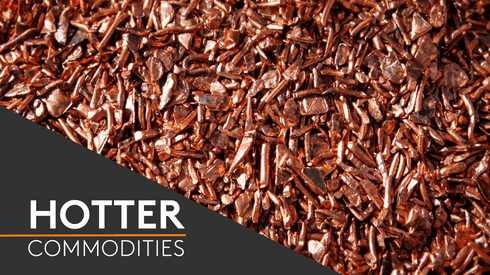Anglo American’s first-quarter copper output fell by 15% year-on-year, mainly due to it taking the smaller of the two Los Bronces processing plants offline for 51 days in the quarter to manage water reserve levels.
For the quarter ended March 31, copper output on a contained metal basis was 171,800 tonnes compared with 202,000 tonnes in the same quarter of 2014, the miner said.
Production from Los Bronces in Chile decreased by 18% to 94,700 tonnes in the first quarter.
At Collahuasi, another of its mines in Chile, attributable production decreased by 12% to 46,000 tonnes, primarily due to lower ore feed as a result of the planned primary crusher and SAG 3 maintenance. This was exacerbated by an unplanned stoppage caused by adverse weather conditions and recent regional flooding.
Chile’s El Soldado mine production decreased by 38% to 6,100 tonnes due to expected lower ore availability arising from the previously reported intersection with a geological fault.
Production from Mantos Blancos and Mantoverde in Chile increased by 3% in aggregate to 25,000 tonnes, due to operational improvements, despite the impact from heavy rainfall and floods interrupting operations during the last week of March.
Anglo kept its full year copper production guidance unchanged at 720,000 to 750,000 tonnes.
Nickel production fell 27% to 6,700 tonnes due to the scheduled rebuild of the Barro Alto furnaces, which is under way and on track for completion in the fourth quarter of 2015.
Full-year nickel production outlook was also unchanged at 20,000 to 25,000 tonnes.
Shivani Singh
shivani.singh@metalbulletinasia.com
Twitter: @ShivaniSingh_MB




